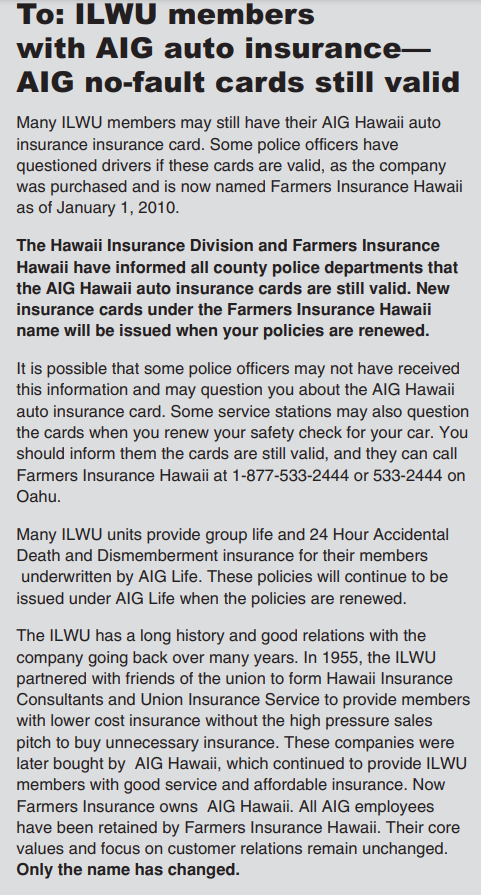
On January 16, 2009, important new rules on the Family Medical Leave Act went into effect. Following are some of the changes:
• Employees will have to follow their employer’s call-in policies when they are planning to miss work “absent unusual circumstances.” Previously, employees had up to two business days after an absence to notify the company that their absence was due to family leave.
• One definition of a “serious health condition” involves more than three days of incapacity, and must include a visit to a health care provider within seven days of the start of the incapacity and a second visit within 30 days of the start of the incapacity.
• To have a “chronic condition” that qualifies for FMLA leave, employees will have to certify that they visited a doctor at least twice a year for the condition. Previously, the law did not specify a time period.
• To protect the employee’s privacy, a new provision prohibits direct supervisors from getting an employee’s medical information when an FMLA certification is needed.
• Employers may require “fitnessfor-duty” tests for employees returning from intermittent FMLA leave if doing the job raises a significant risk of harm to themselves or others.
• When employers place injured or ill workers on light duty, the time on light duty doesn’t count against the employee’s FMLA leave entitlement.
• The regulations also contain more detailed guidance on the substitution of paid leave for FMLA leave and new notice requirements for employers.
Military Family Leave
Two new leave benefits apply to military families.
Military Caregiver Leave:
Under the first of these new military family leave entitlements, eligible employees who are family members of covered servicemembers will be able to take up to 26 workweeks of leave in a “single 12-month period” to care for a covered servicemember with a serious illness or injury incurred in the line of duty, while on active duty.
This 26 workweek entitlement is a special provision that extends FMLA job-protected leave beyond the normal 12 weeks of FMLA leave. This provision also extends FMLA protection to additional family members (i.e., next of kin) beyond those who may take FMLA leave for other qualifying reasons.
Qualifying Exigency Leave:
The second new military leave entitlement helps families of members of the National Guard and Reserves manage their affairs while the member is on active duty in support of a contingency operation.
This provision makes the normal 12 workweeks of FMLA job-protected leave available to eligible employees with a covered military member serving in the National Guard or Reserves to use for “any qualifying exigency” arising out of the fact that a covered military member is on active duty or called to active duty status in support of a contingency operation.
The Department’s final rule defines qualifying exigency by referring to a number of broad categories for which employees can use FMLA leave: (1) Short-notice deployment; (2) Military events and related activities; (3) Childcare and school activities; (4) Financial and legal arrangements; (5) Counseling; (6) Rest and recuperation; (7) Post- deployment activities; and (8) Additional activities not encompassed in the other categories, but agreed to by the employer and employee.
Colon cancer 3rd most common, but easily treated if detected early
Colorectal Cancer, is the third most common cancer in both men and women. Colorectal cancer is the second leading cause of cancer death in the United States. Approximately 90 percent of all colorectal cancer cases and deaths are thought to be preventable through appropriate screening.
Nationwide, an estimated 150,000 new cases of colorectal cancer are expected annually. Fortunately, the disease can be successfully treated when detected early.
Hawaii Colorectal Cancer Facts:
• In Hawaii there are about 653 newly diagnosed cases of colorectal cancer each year.
• 174 people in Hawaii die annually from the disease.
• More than 80% of Hawaii residents who develop colorectal cancer are age 55 or older at the time of diagnosis.
• Japanese males have the highest incidence rates for colon cancer in Hawaii; however, Hawaiian males have the highest death rates.
• Survival from colorectal cancer is more than 90 percent when the cancer is diagnosed before it has extended beyond the intestinal wall. However, on average, only about 44% of the close to 3,900 cases of colorectal cancers diagnosed in Hawaii between 1995 and 2000 were diagnosed at an early stage
So, if you’re 50 years or older, talk to your doctor about colorectal cancer screening tests.

